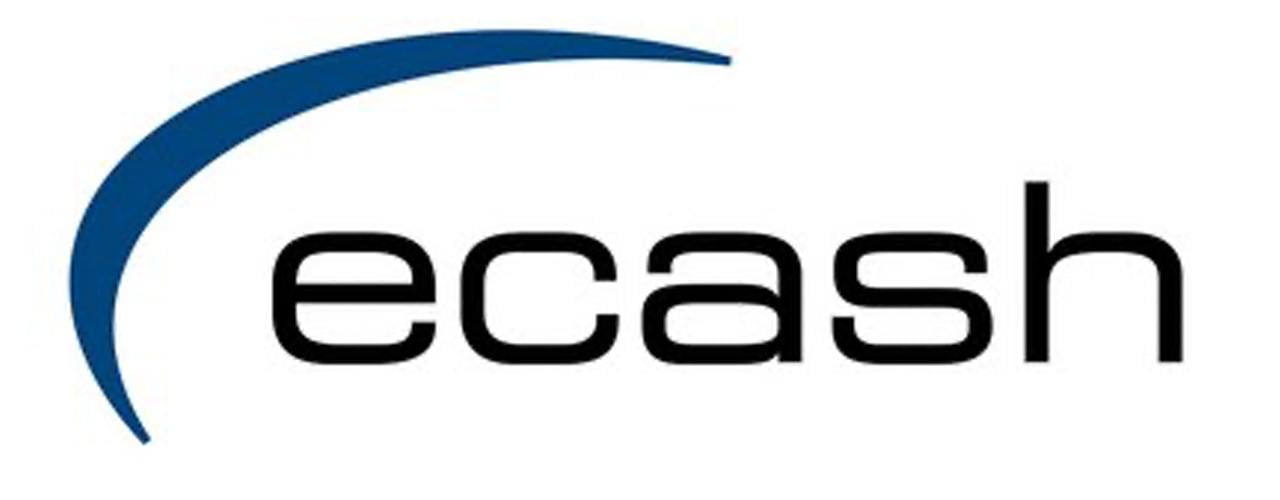Bitcoin wasn’t the first attempt at digital currency. Years before its debut, a handful of systems emerged, all striving to create new, decentralized ways of transferring money. Ecash, E-gold, Liberty Reserve, and Q coins were among the early innovators. Though each system had its own bright ideas, they couldn’t avoid the pitfalls of legal trouble, centralization, or lack of trust. On the other hand, bitcoin (BTC) was able to navigate these hurdles, establishing itself as a superior form of digital currency.
Ecash (1990)
Ecash kicked off the digital currency era in 1990, created by cryptographer David Chaum through his company, Digicash. Based on the novel concept of “blinded” cryptography, it allowed users to make anonymous transactions. Ecash’s goal was simple: let people transfer funds without revealing their identity, offering a private way to pay online.

David Chaum’s Ecash digital currency should not be confused with the cryptocurrency that leverages the same name ecash (XEC) a fork of the Bitcoin Cash (BCH) network.
However, Ecash had one major weakness—it was centralized. Users had to rely entirely on Digicash to manage the currency, which left the system vulnerable. Without widespread adoption and running low on funds, Digicash filed for bankruptcy in 1998, and Ecash quietly disappeared.
E-gold (1996)
Launched in 1996 by Douglas Jackson and Barry Downey, E-gold took a different approach by backing its digital currency with physical gold. It allowed users to transfer gold electronically, with the platform acting as a custodian for the assets. Fans of E-gold appreciated its ability to facilitate international transactions without needing traditional banks.

But like Ecash, E-gold’s centralized structure became its undoing. The platform allegedly became a haven for illegal activities, drawing the attention of U.S. regulators. In 2008, after its founders faced criminal charges for unlicensed money transfers, E-gold was forced to shut down.
Liberty Reserve (2006)
Founded by Arthur Budovsky in 2006, Liberty Reserve aimed to make cross-border payments easy and anonymous. Users could send money using Liberty Reserve units, pegged to major currencies like the U.S. dollar. While it became popular, it also attracted the wrong kind of attention—like E-gold, it reportedly became a magnet for illicit transactions.

By 2013, Liberty Reserve was at the center of a massive money laundering scandal launched by the U.S. government, of course, involving over $6 billion in illegal transactions. Budovsky was arrested, and the platform was seized by law enforcement, putting an end to its run.

Q Coins (Early 2000s)
Introduced in the early 2000s by Chinese tech giant Tencent, Q coins were initially meant for in-app purchases on its QQ messaging platform. Users could buy Q coins with yuan to access virtual goods, and as their popularity soared, they started to be used outside the platform, fueling a mini-economy. Once again, a government also decided it had enough of the Q coin economy.

Regulators in China weren’t thrilled about Q coins’ growing influence. Concerns over the currency’s lack of regulation (the usual government complaint) led to increased restrictions, which ultimately limited Q coins’ potential to become a broader form of digital currency.
The fatal flaw shared by Ecash, E-gold, Liberty Reserve, and Q coins was centralization. Each relied on a single authority to operate, which made them easy targets for shutdowns and legal problems. Bitcoin, however, solved this issue by decentralizing control. Designed by the mysterious Satoshi Nakamoto, bitcoin runs on a peer-to-peer network, free from dependence on any single entity.
Bitcoin’s decentralization comes from its blockchain technology, where transactions are verified by a global network of public and private nodes and miners verifying transactions. This makes it much harder to censor, seize, or shut down compared to its predecessors. Plus, bitcoin’s supply is capped at 21 million coins, makes it more immune to inflationary pressures—a feature that fiat-based digital currencies like Q coins can’t offer.
Unlike the earlier digital currencies, bitcoin uses a transparent, public ledger, so anyone can verify transactions without needing to trust a central authority. This blend of decentralization, transparency, and security has helped bitcoin cement its status as a strong and reliable digital currency. Moreover, as the network approaches its 16th year of life, bitcoin is now the tenth most valuable asset in the world.
While Ecash, E-gold, Liberty Reserve, and Q coins all contributed to the development of digital currency, their centralized designs ultimately led to their downfall. In contrast, bitcoin’s decentralized, secure architecture has allowed it to thrive, becoming the most widely used digital currency in the world. As a result, bitcoin continues to shape the future of finance in ways its predecessors never could.
What are your thoughts on this subject? Let us know what you think in the comments section below.
免责声明:本文章仅代表作者个人观点,不代表本平台的立场和观点。本文章仅供信息分享,不构成对任何人的任何投资建议。用户与作者之间的任何争议,与本平台无关。如网页中刊载的文章或图片涉及侵权,请提供相关的权利证明和身份证明发送邮件到support@aicoin.com,本平台相关工作人员将会进行核查。




